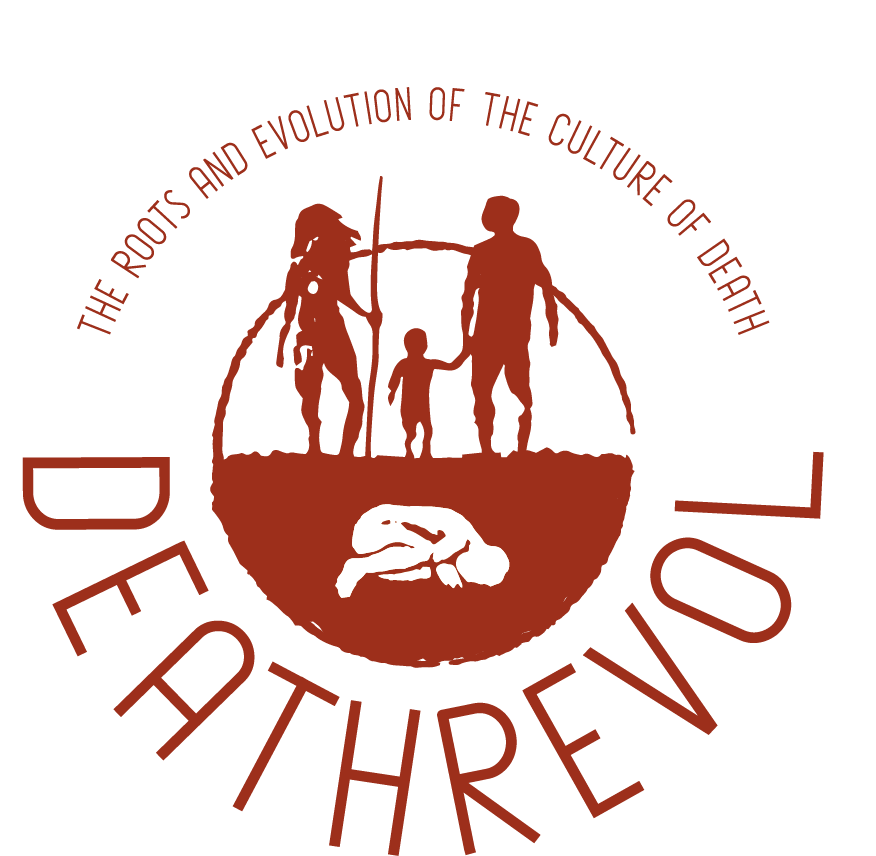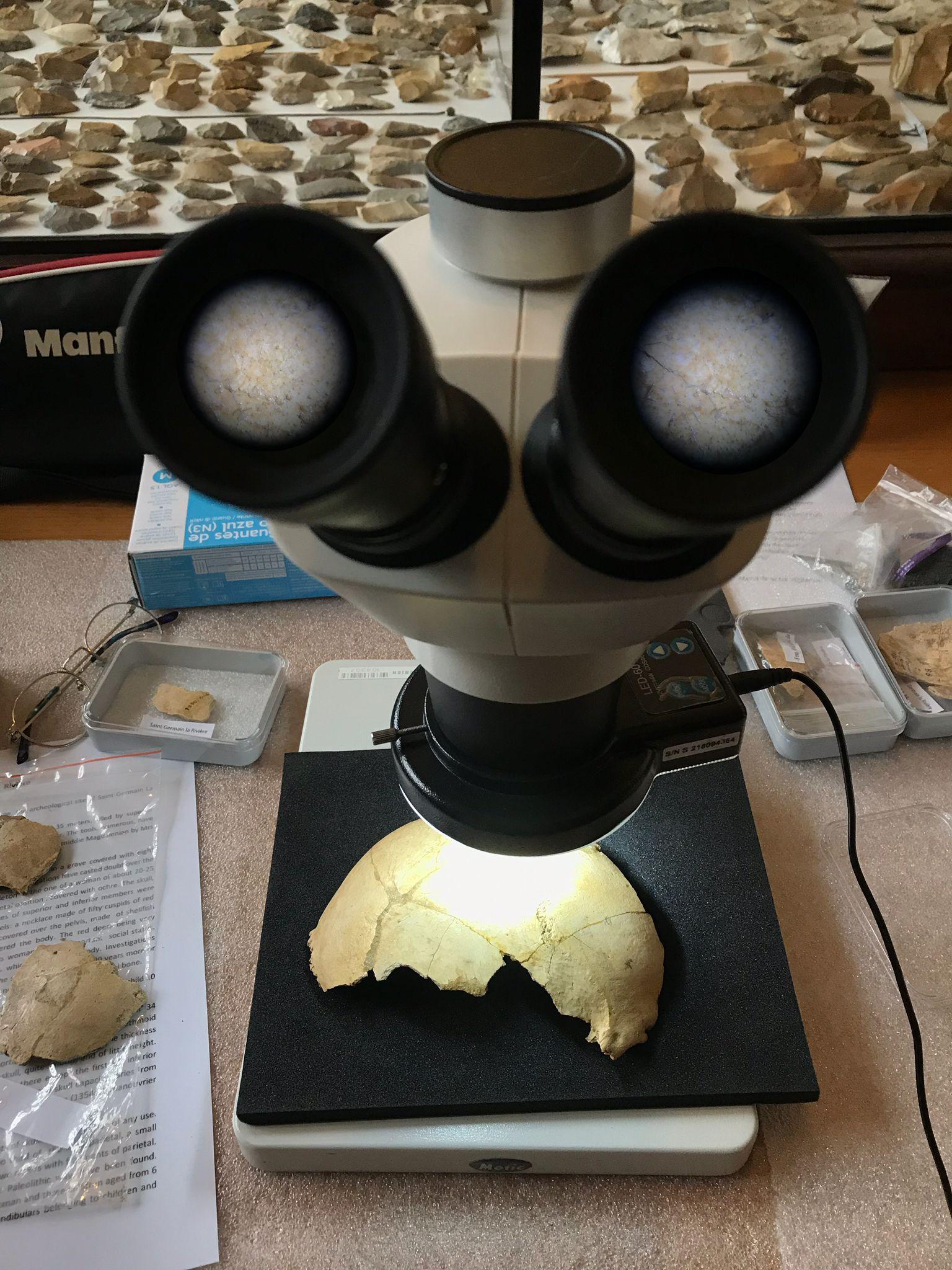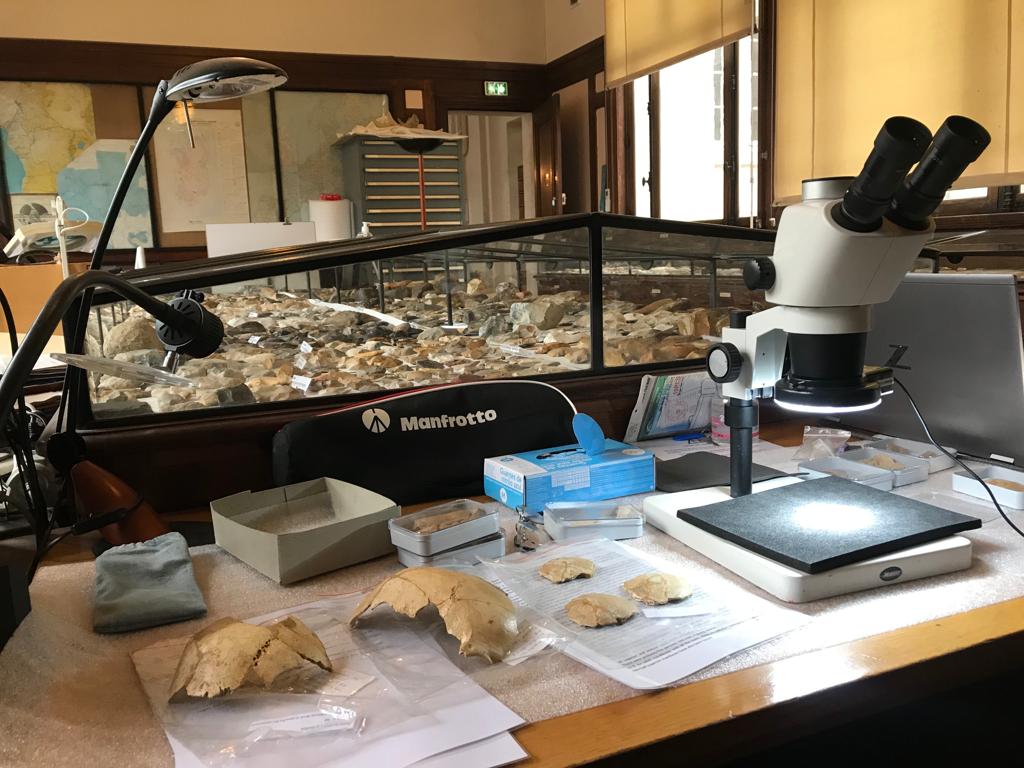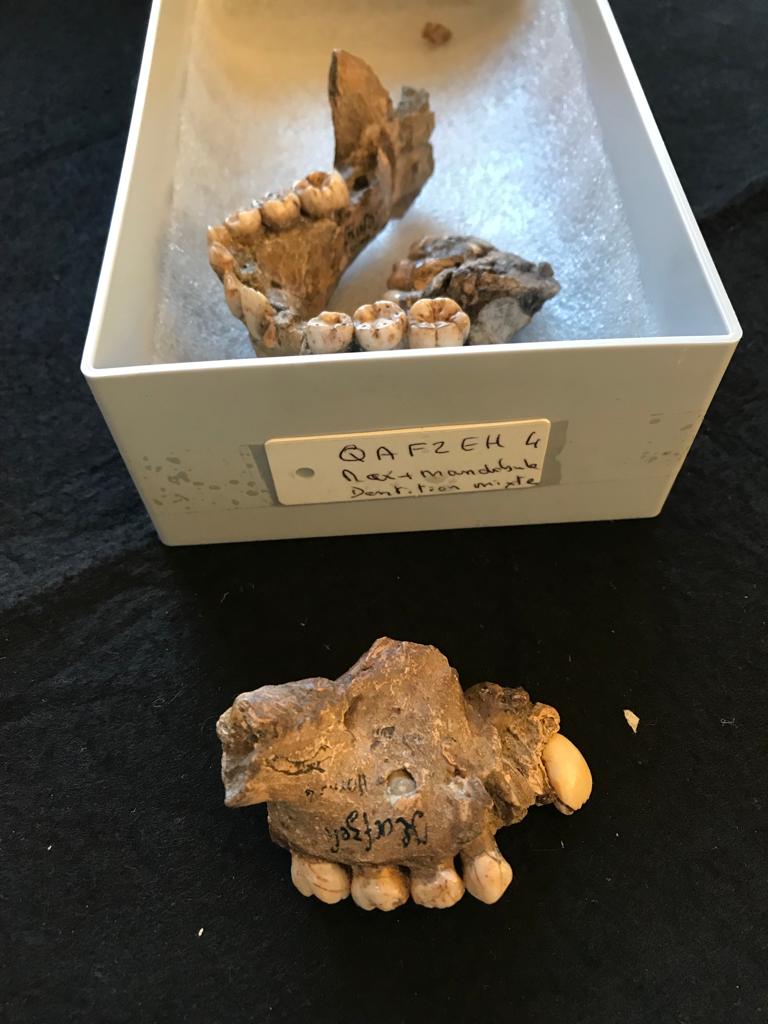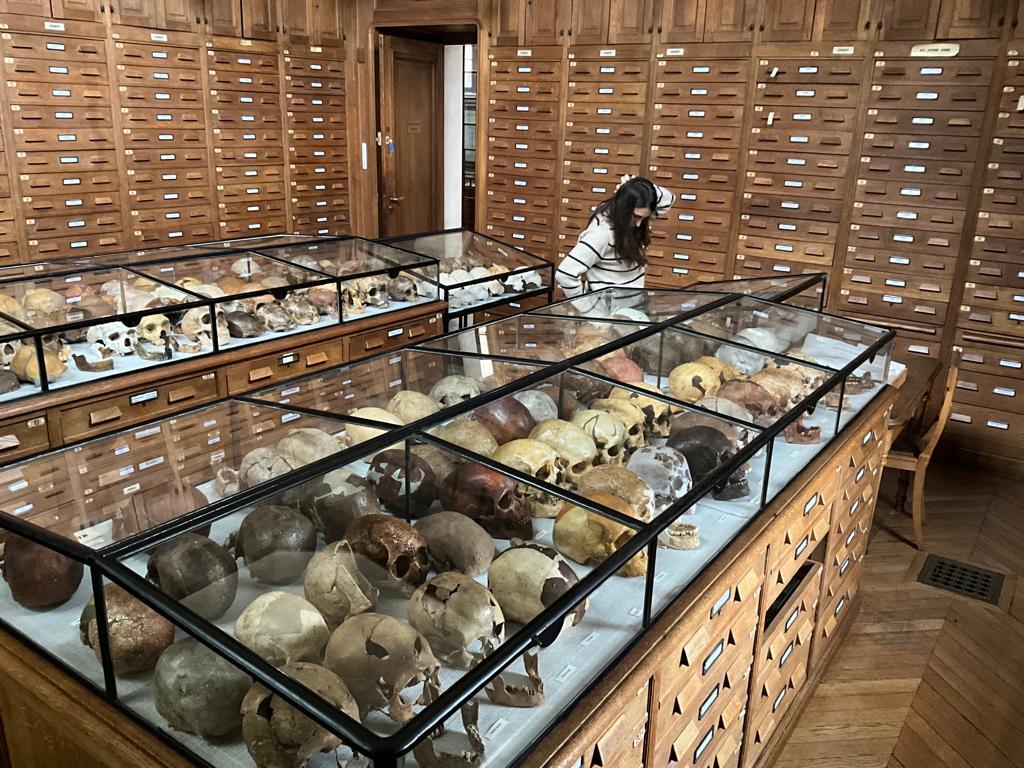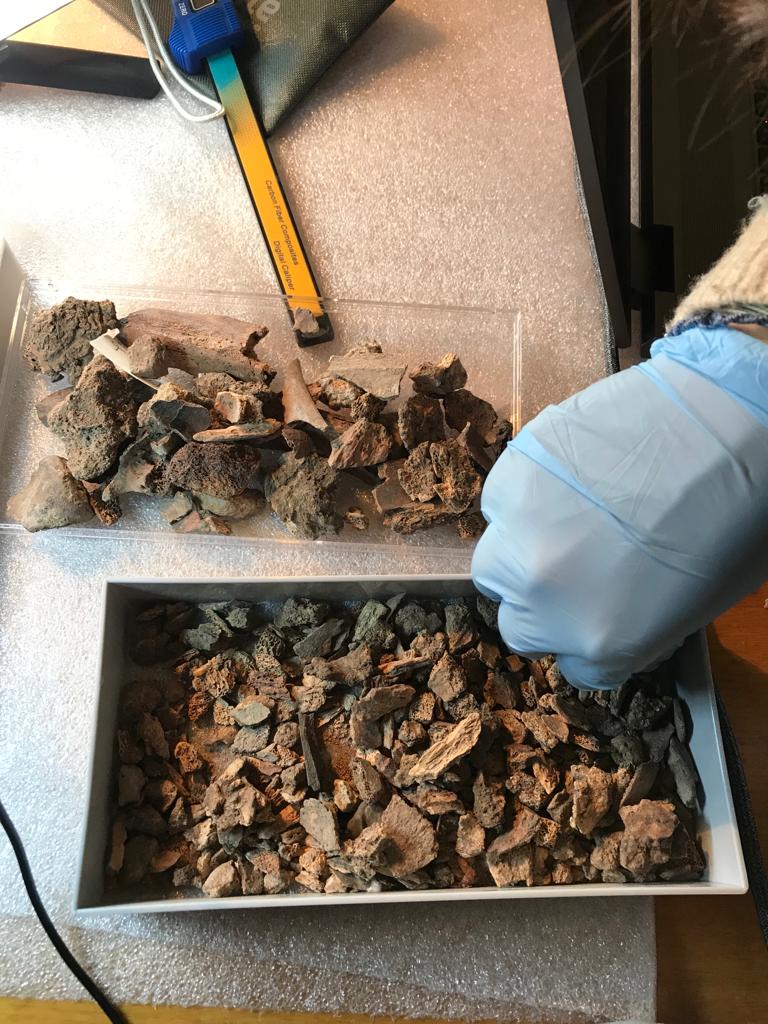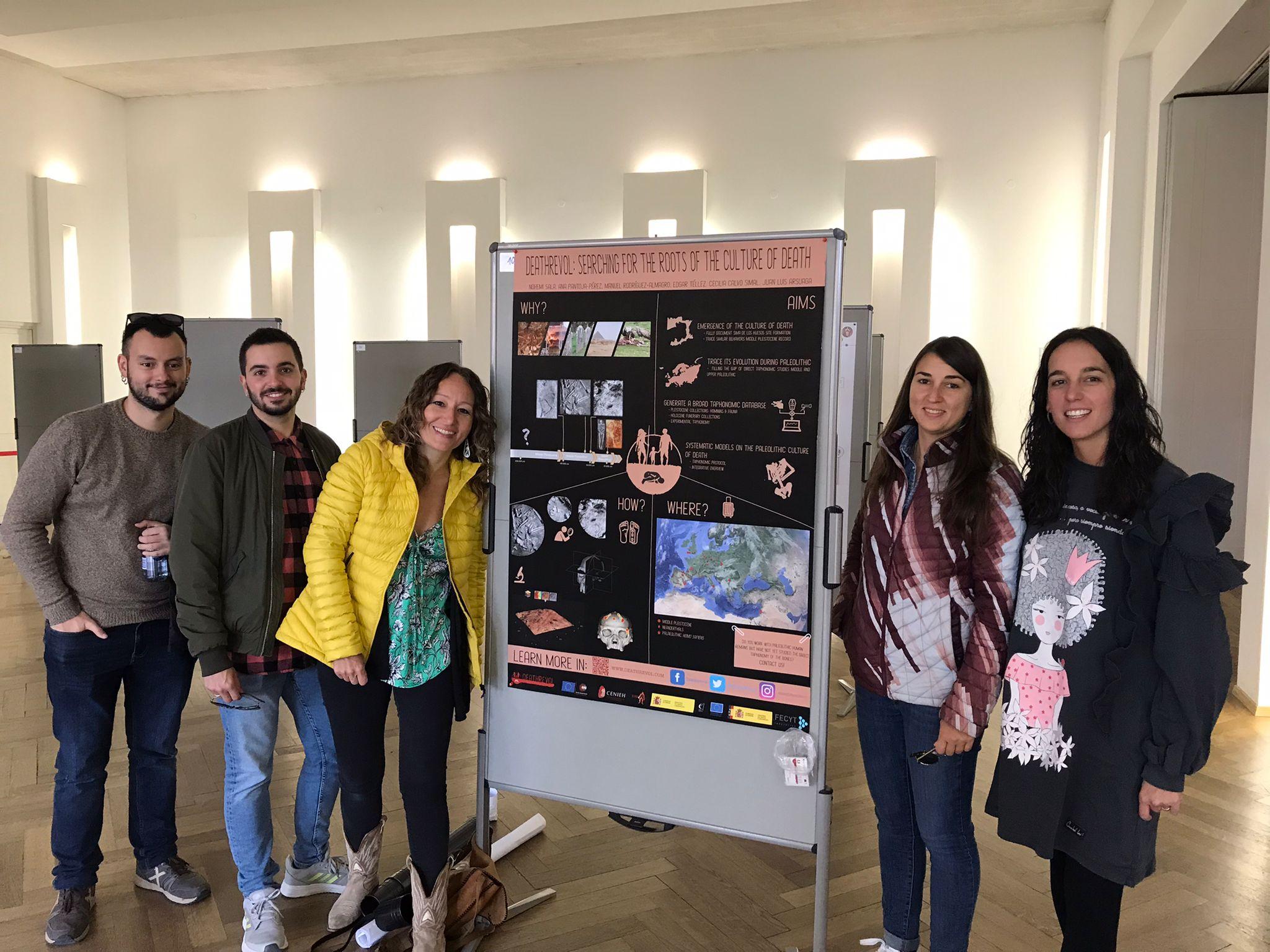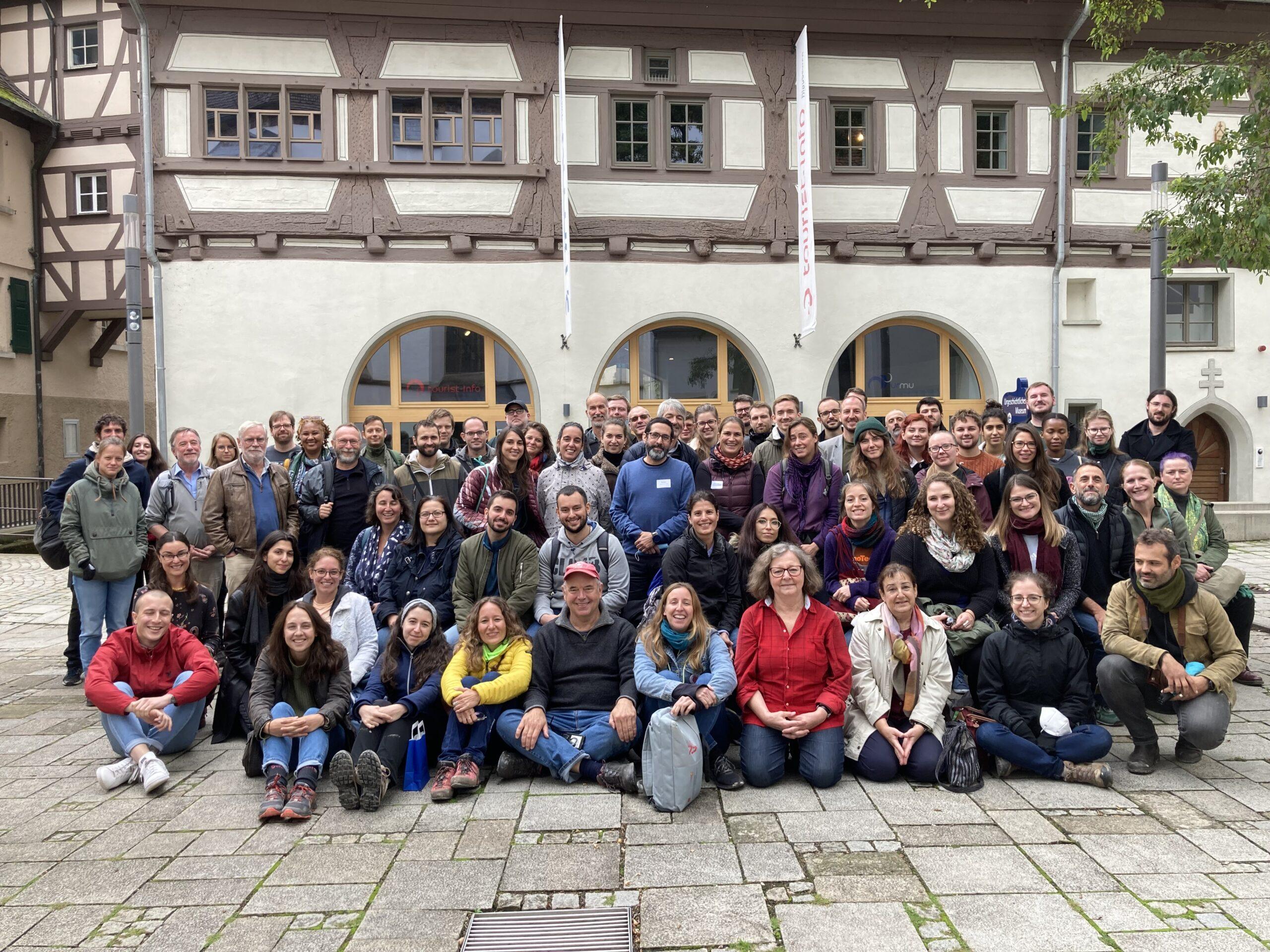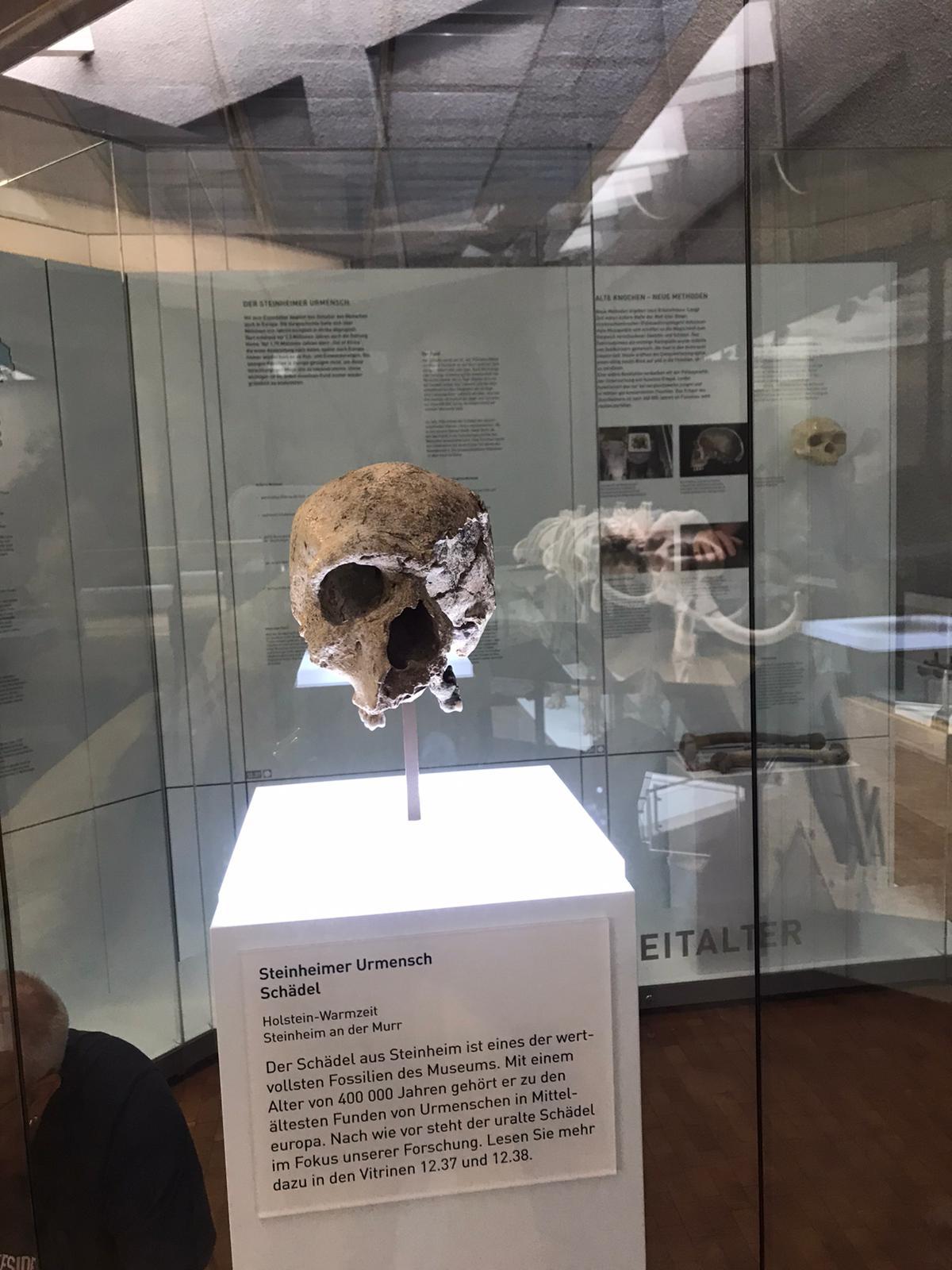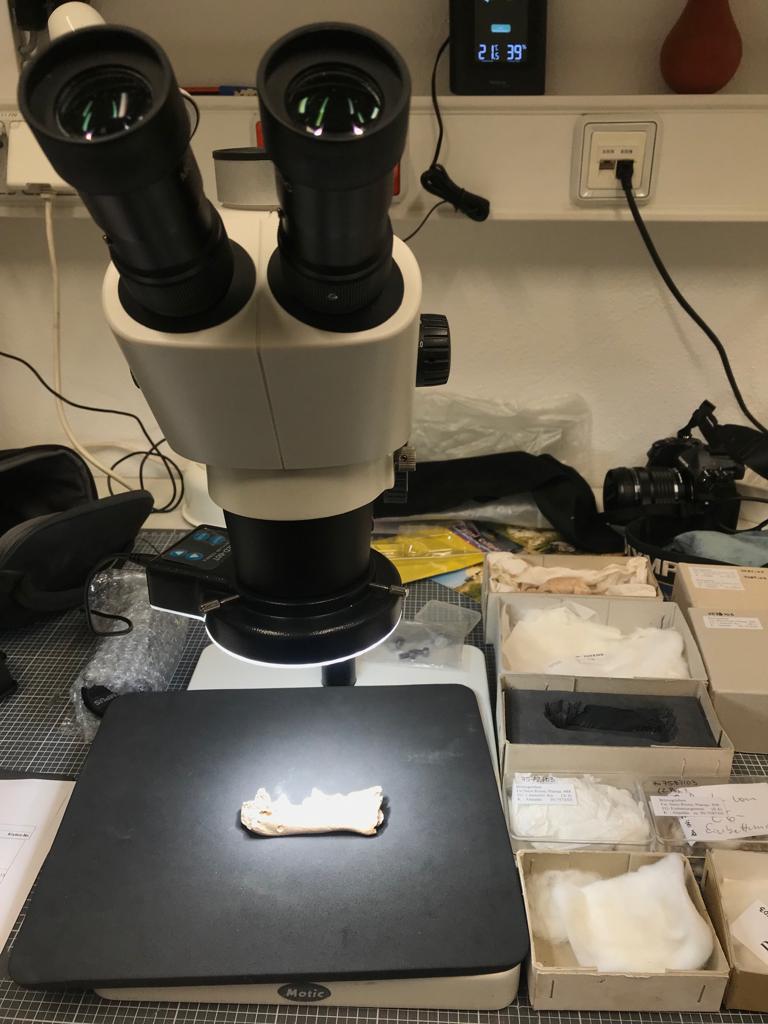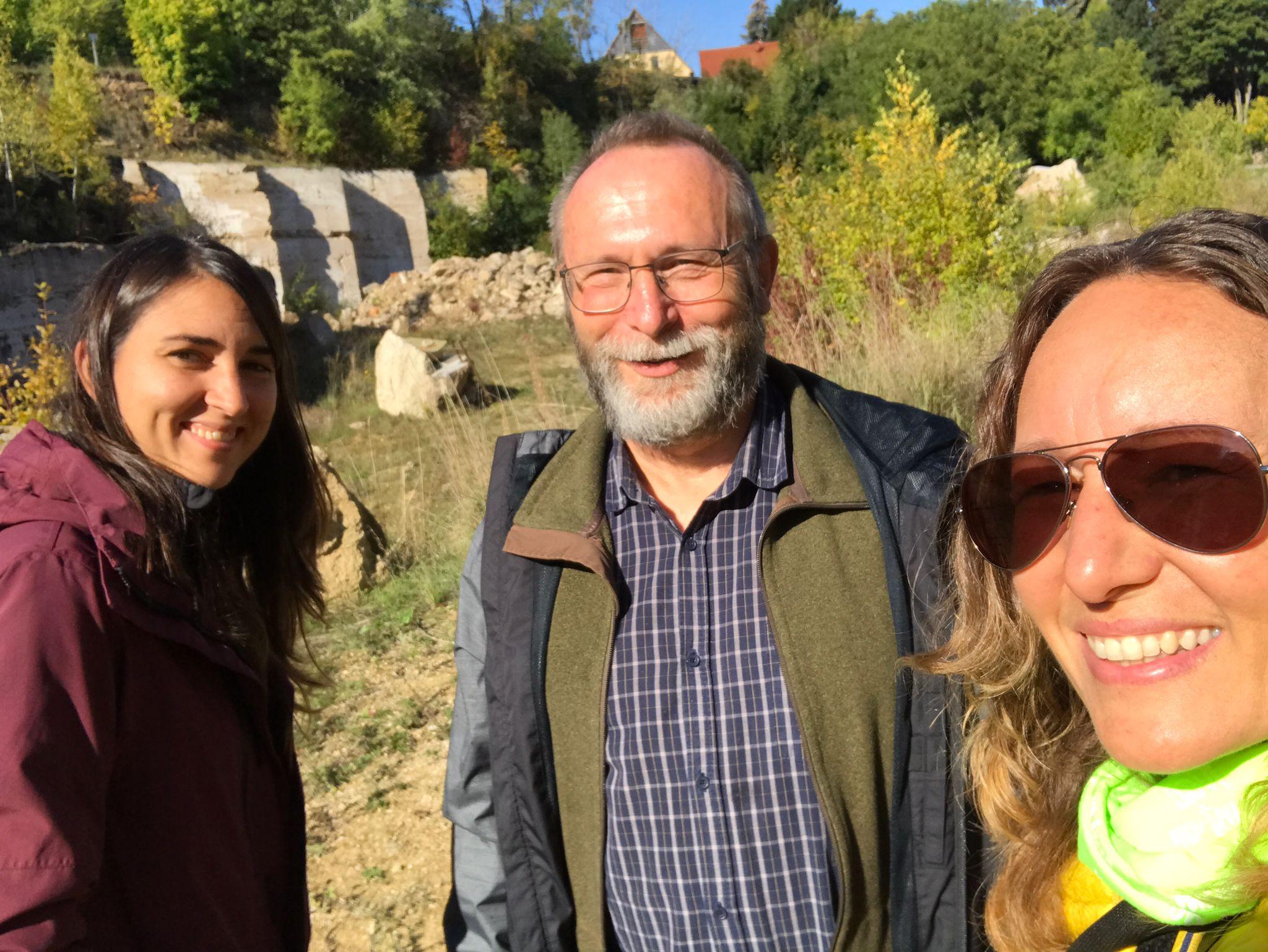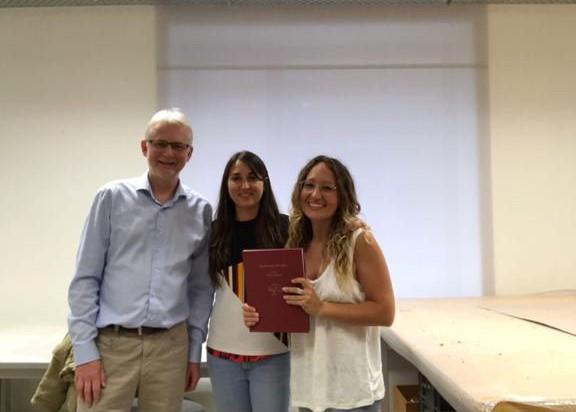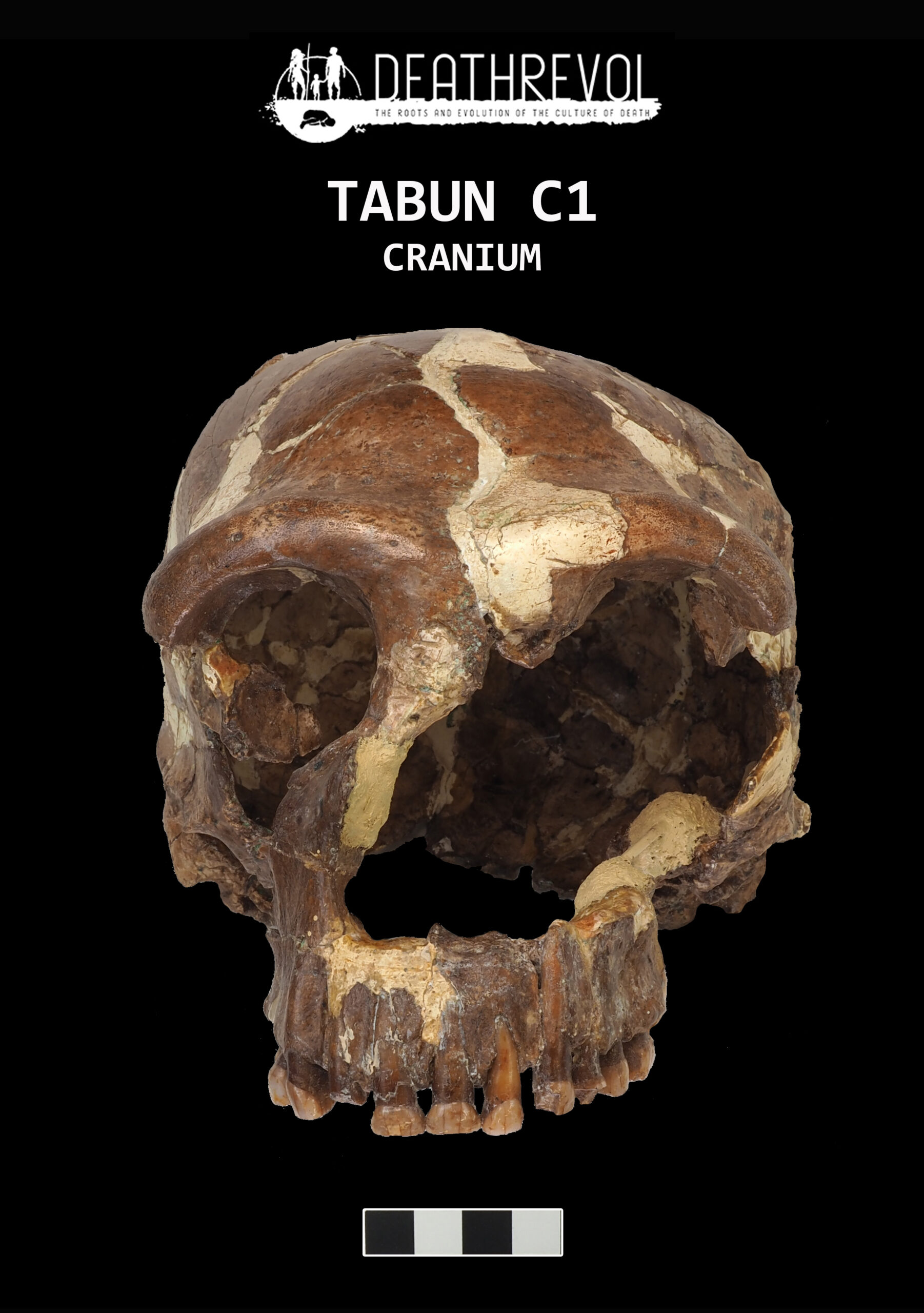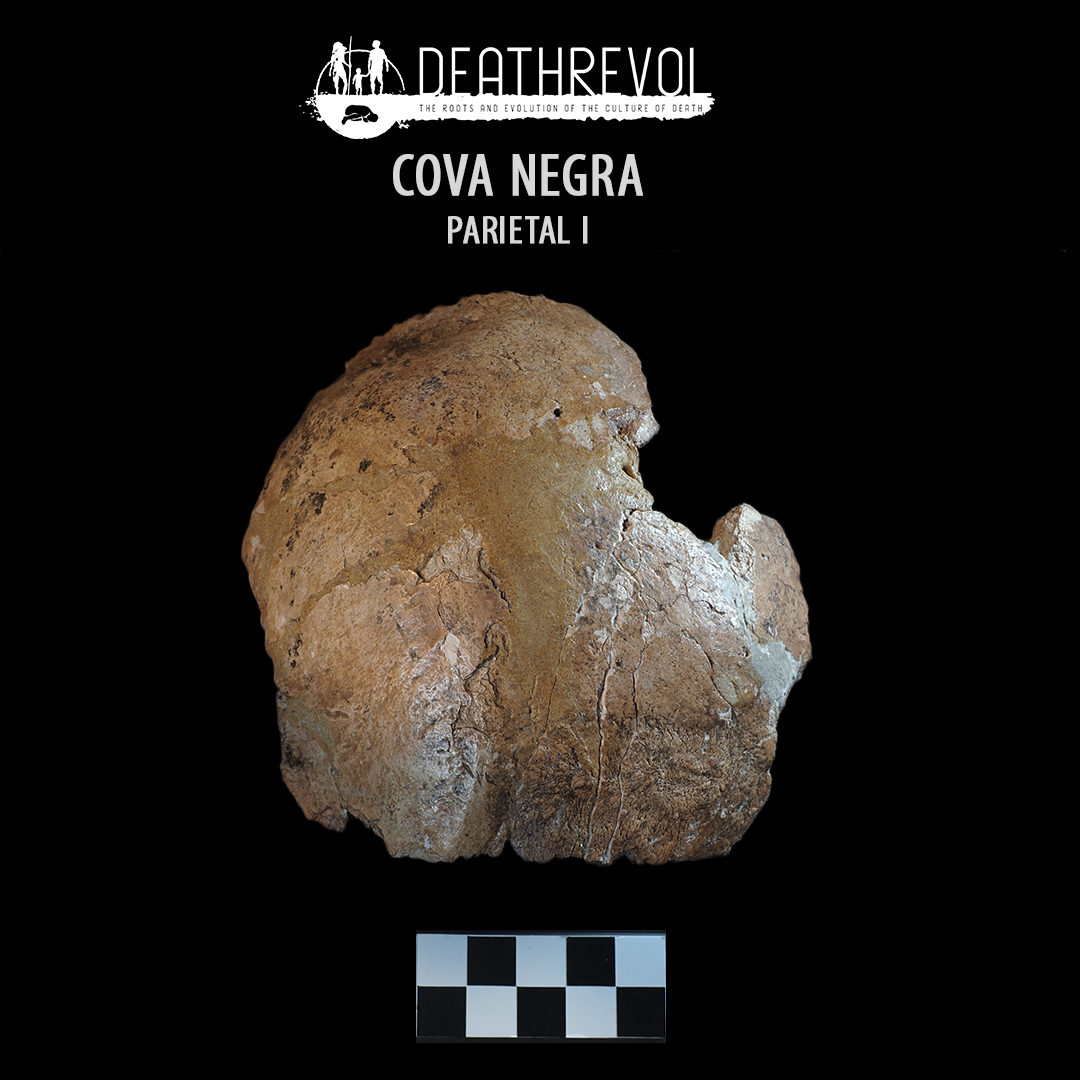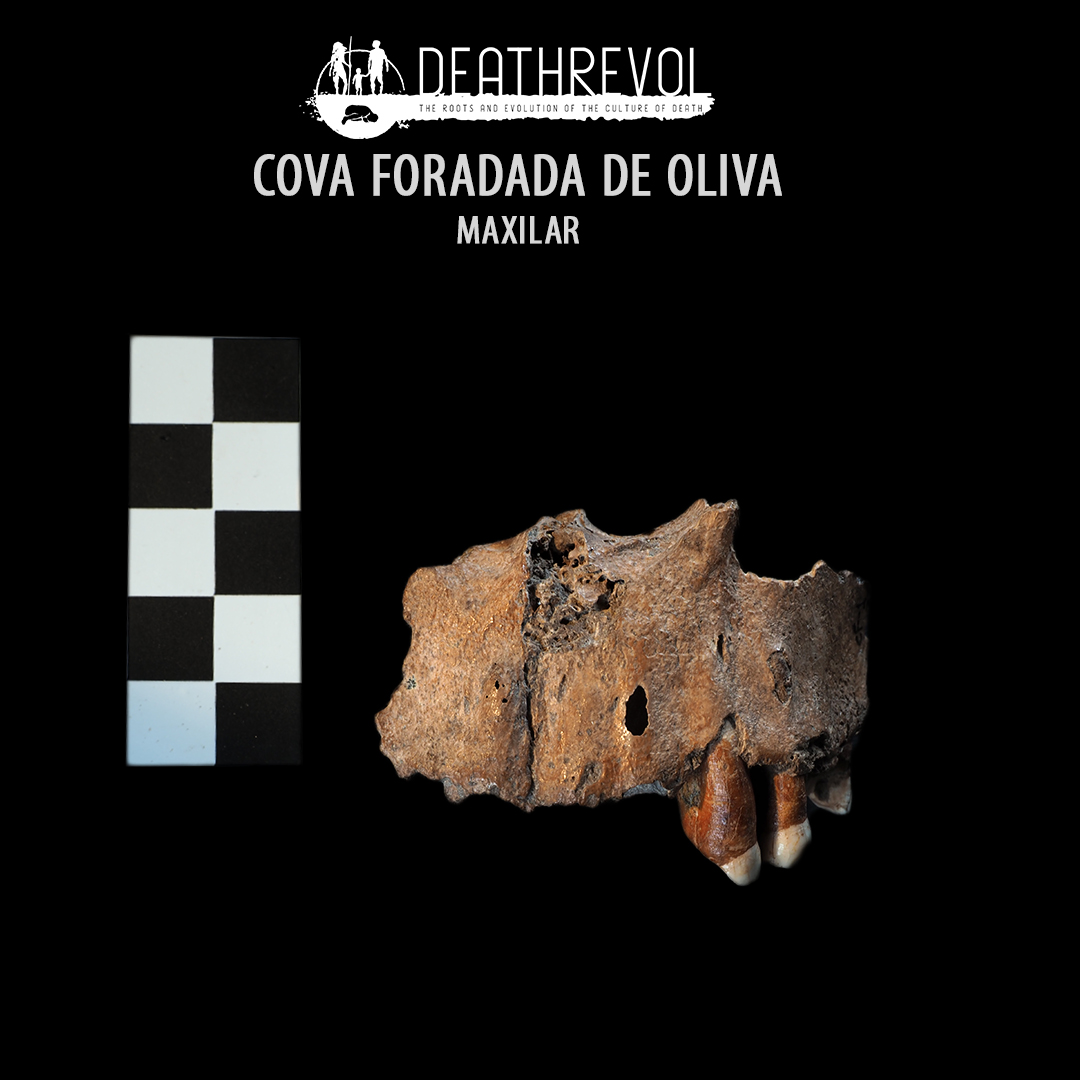TRIPS
TRAVELLING WITH DEATHREVOL: ANDENNE AND LIEGE (BELGIUM)
On this trip to Belgium, we had the opportunity to study the Scladina fossil remains at EMA – Andenne Museum Space and the Engis fossil collection at Evolution & Diversity Dynamics Lab of the University of Liège. Thanks to the hospitality of Dominique Bonjean and Valentin Fischer.
In the picture you can find the sculpture of Philippe-Charles Schmerling, located at the University of Liège. Schmerling was the discoverer of the first Neanderthal fossils in history in the Engis caves in Belgium. One hundred years after Schmerling’s death, the Engis 2 skull was classified as Neanderthal, thus becoming one of the most iconic fossils in the history of Paleoanthropology, placing Schmerling among the pioneers of this discipline.
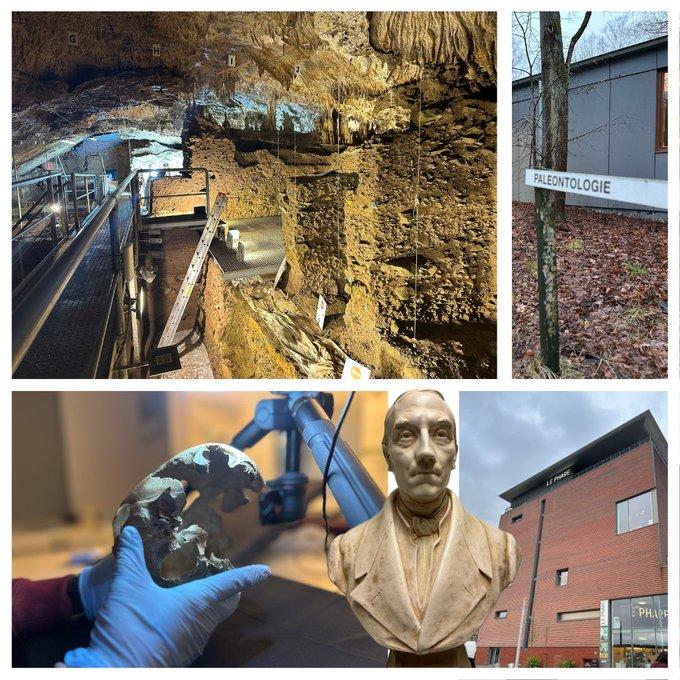
TRAVELLING WITH DEATHREVOL: BONN (GERMANY)
The last short stay of the DEATHREVOL team of this year 2023 has been at the LVR-LandesMuseum Bonn to continue studying Feldhofer and Oberkassel fossil collections.
To have the opportunity to analyze such important collections and contribute to their knowledge is a gift. Many thanks, especially to Ralf Schmitz, for making it possible.

TRAVELLING WITH DEATHREVOL: TEL AVIV (ISRAEL)
Studying Late Pleistocene Neandertal specimens such as Kebara or Tabun and Paleolithic Modern Human specimens such as Qafzeh, Skhul or Manot is a privilege that we could only achieve at Dan David Center of Human Evolution and Biohistory Research, Sackler Faculty of Medicine, Tel Aviv University, Israel.
TRAVELLING WITH DEATHREVOL: PARIS (FRANCE)
The DEATHREVOL team moved to Paris, to the Institut de Paléontologie Humaine (https://www.fondationiph.org/), in order to work and study fossils from sites such as St. Germain la Rivière, La Quina , Qafzeh , Isturiz, Lussac, Le Placard y Solutre.
TRAVELLING WITH DEATHREVOL: TÜBINGEN, STUTTGART AND WEIMAR (GERMANY)
The last weeks of September DEATHREVOL traveled to Germany. First to Tübingen, where the whole team participated in the ESHE Congress (European Society for the study of Human Evolution) that took place at the University of Tübingen. In the poster session, we presented our DEATHREVOL project. The congress ended with an excursion to the Swabian Jura sites, in particular to Höhle Fels and Geissenklosterle in the Ach valley.
Part of the team continued the trip in order to trace the evolution and diversity of mortuary practices in the European fossil record. They carried out taphonomic analyses of the Steinheim collection at “Staatliches Museum für Naturkunde Stuttgart” with the support of Reinard Ziegeler, Achin Lehmkuhl and Eli Amson.
Finally, they were also able to study the Ehrinsdorf and Bilzingsleben collections at the “Landesamt für Denkmalpflege und Archäologie” (Weimar) and even visit the Ehrinsdorf site accompanied by Tim Schhüler.
TRAVELLING WITH DEATHREVOL: BONN (GERMANY)
At LVR-LandesMuseum Bonn (https://landesmuseum-bonn.lvr.de), with the support of Ralf Schmitz, we have been able to analyze and study the Feldhofer collection (Middle Palaeolithic – Neanderthals) and Oberkassel collection (Palaeolithic – Homo sapiens).
TRAVELLING WITH DEATHREVOL: CARDIFF (WALES)
The National Museum of Wales (https://museum.wales/cardiff/) houses, among others, the fossil collection from Pontnewydd Cave (Denbighshire, Wales). The DEATHREVOL team has had the great privilege to have access to this collection and to carry out a detailed taphonomic analysis, which helps to try to fulfill the first objective of the project: determine the emergence of the culture surrounding death in the Middle Pleistocene.
The Pontnewydd collection, composed of at least 5 individuals deposited in the cave 225,000 years ago, is especially relevant in this search for taphonomic signs of intentional treatment of the dead.
TRAVELLING WITH DEATHREVOL: LONDON (UK)
The Natural History Museum in London houses one of the most important collections of human fossils in the Palaeolithic record. This collection includes Middle Pleistocene hominids such as Swascombe or Boxgrove, as well as Neanderthals (eg Tabun C1) and Late Pleistocene Homo sapiens (eg Es Skhul).
These individuals are essential to be able to investigate the culture-of-death both in Europe and in the Middle East. For this reason, a large part of the pieces in this paleoanthropological collection are part of our DEATHREVOL research project.
Tabun C1 represents a partial skeleton of a female Neanderthal. The skeletal remains of her were articulated, towards the left side of her with a slight flexion of the legs. This skeleton has traditionally been interpreted as a burial because it is quite complete and in anatomical position. The chronology of this skeleton, although it has been much debated, is estimated at around 122 ka.
TRAVELLING WITH DEATHREVOL: VALENCIA (SPAIN)
The Mediterranean region is especially rich in paleoanthropological records. In particular, the Valencian community has some interesting sites whose fossils are in the Prehistory Museum of Valencia and DEATHREVOL is already analyzing them. Neanderthal fossils have been recovered in different sites such as Bolomor, Cova Negra and Foradada. More modern chronologies, bone remains of Paleolithic representatives of Homo sapiens, have been recovered from Cova de les Malladetes and Cova del Parpalló.
If you want know more about these sites, follow us at Instagram and Facebook!
TRAVELLING WITH DEATHREVOL
One of the objectives of DEATHREVOL is to trace the origin and evolution of funerary behavior in the European fossil record by focusing on the taphonomic analysis of Middle and Late Pleistocene hominins in Europe. To achieve this goal, DEATHREVOL team is traveling to different parts of the world in order to study this fossil record first-hand in the different institutions that contain them.
We will tell you more details about the trips in the next posts. Follow us!
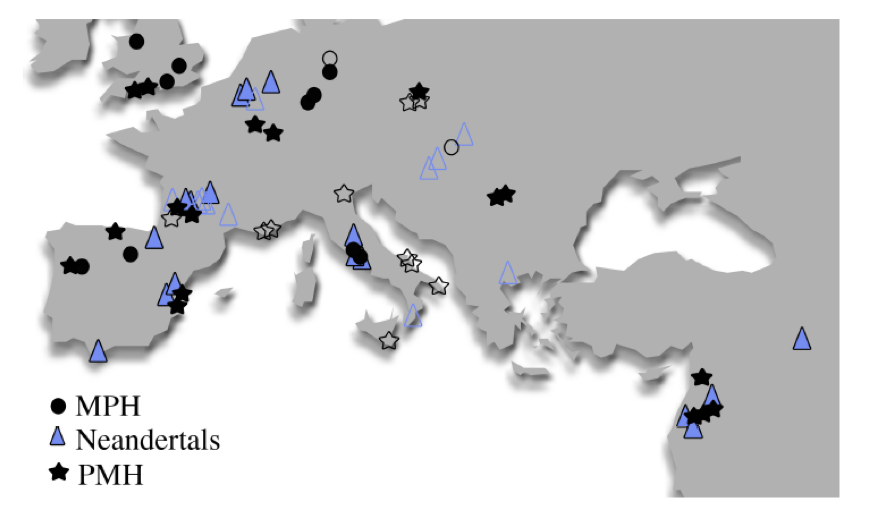
Geographical distribution of some of the most representative sites those are intended to be studied during the development of DEATHREVOL project.
MPH: Middle Pleistocene Hominins. PMH: Paleolithic Modern Humans.
